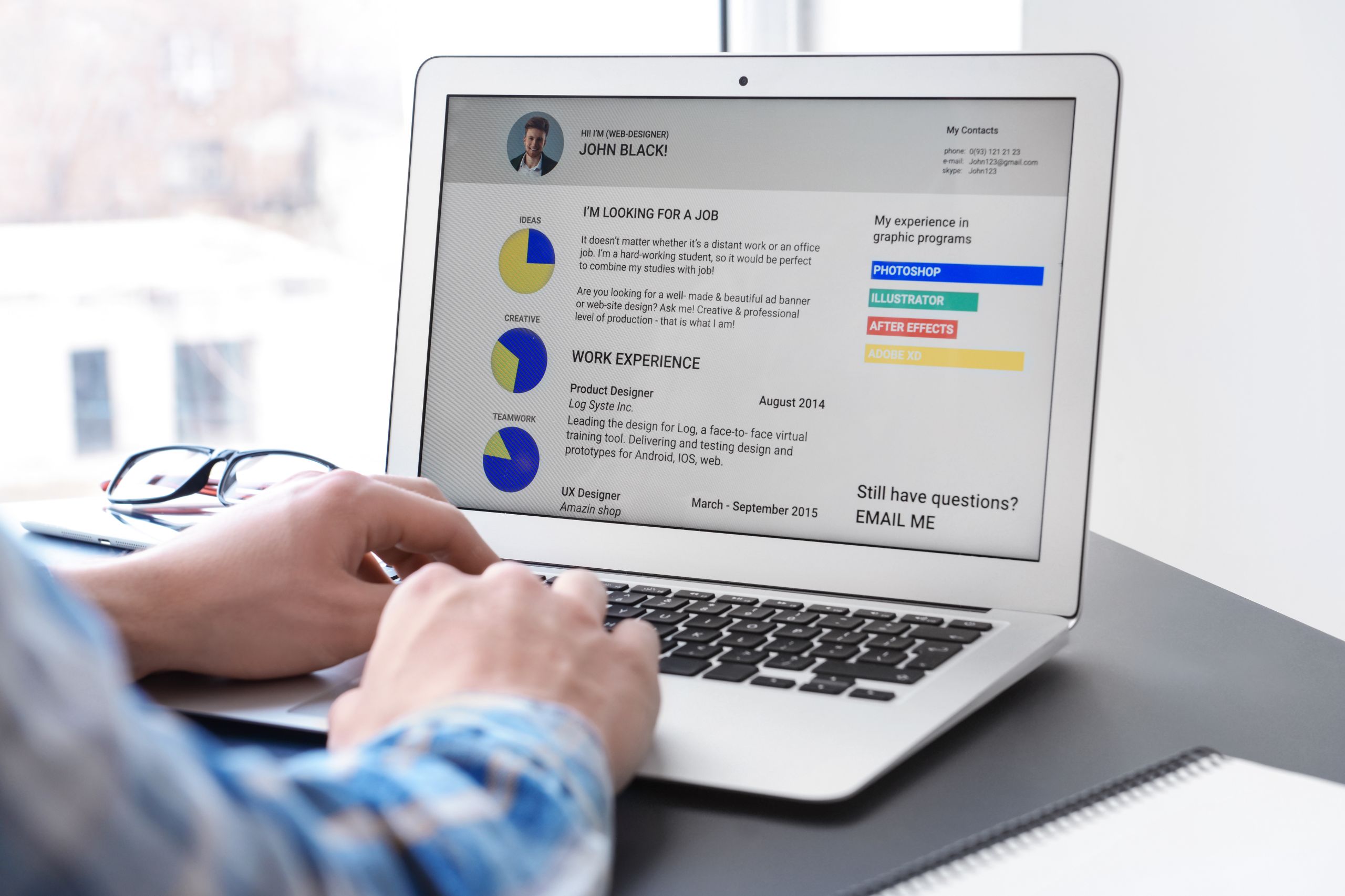In today’s competitive job market, crafting a resume that catches the attention of both human recruiters and technology-driven Applicant Tracking Systems (ATS) is essential. With companies receiving hundreds of applications for a single job opening, your resume must be optimized for human and machine readers. In this post, we’ll explore strategies to format your resume effectively for ATS and keyword searches, increasing your chances of landing that coveted interview.
1. Choose a Simple and ATS-Friendly Layout
When it comes to formatting your resume, simplicity is key. Opt for a clean, organized layout with standard fonts like Arial, Calibri, or Times New Roman. Avoid using complex tables, graphs, or graphics that ATS might struggle to interpret. Stick to a conventional structure with clear headings such as “Work Experience,” “Education,” and “Skills.”
2. Use Relevant Keywords
Keywords play a crucial role in both human and ATS screening processes. Tailor your resume to the specific job description by including relevant keywords and phrases that mirror the job posting. Carefully read the job description and identify important terms showcasing your qualifications and experience.
3. Customize Your Resume for Each Application
While sending the same resume to multiple job openings may be tempting, customizing your resume for each application significantly increases your chances of success. Adapt your bullet points and achievements to align with the requirements of the specific job.
4. Incorporate a Skills Section
Create a dedicated section listing your key skills and competencies. This is an excellent opportunity to incorporate relevant keywords that are commonly searched for by both recruiters and ATS. Use a mix of hard skills (technical skills) and soft skills (communication, teamwork) to create a well-rounded representation of your abilities.
5. Optimize Your Professional Summary
Craft a compelling professional summary that highlights your career goals and achievements and contains relevant keywords. This section is a snapshot of your entire resume and can greatly impact your appearance in ATS searches.
6. Prioritize Text-Based Information
While infographics and images can make your resume visually appealing, they often confuse an ATS. Stick to plain text wherever possible to ensure an ATS can accurately parse and interpret your content.
7. Utilize Standard Section Titles
When structuring your resume, stick to standard section titles that ATS recognizes easily. For example, use “Work Experience” instead of “Professional Journey” and “Education” instead of “Academic Pursuits.”
8. Include Specific Achievements
Rather than listing generic job duties, focus on specific achievements and quantifiable results. Use numbers, percentages, and specific outcomes to highlight your impact in previous roles. This impresses human recruiters and helps your resume stand out in ATS keyword searches.
9. Avoid Unnecessary Formatting
While you might be tempted to use elaborate formatting techniques like text boxes or columns, these can often confuse an ATS. Stick to a straightforward layout with consistent font sizes and minimal use of bold or italics.
10. Save and Send in the Right Format
When saving your resume, choose a universally accepted format like PDF. This ensures that the formatting remains intact regardless of the device or software used to open it. Avoid sending your resume in formats like .docx, which can sometimes lead to compatibility issues.
In conclusion, the right resume format can significantly impact your chances of getting noticed by both recruiters and ATS. By incorporating relevant keywords, prioritizing text-based information, and customizing your resume for each application, you’ll increase your chances of making it through the initial screening process. Remember, a well-optimized resume is your ticket to landing those all-important job interviews and moving closer to your dream career.

